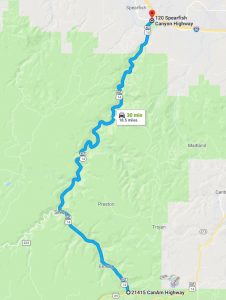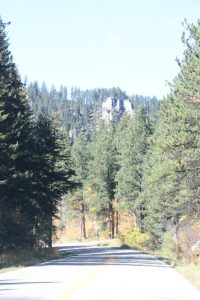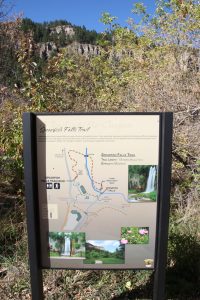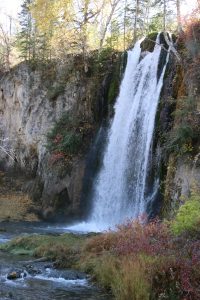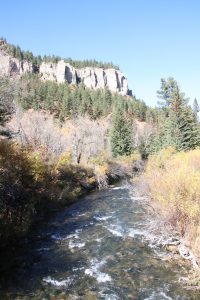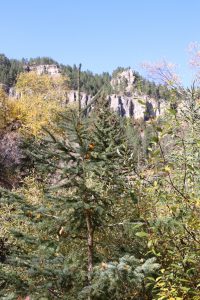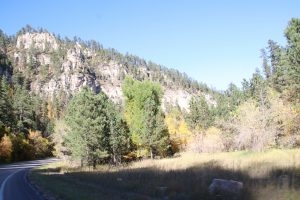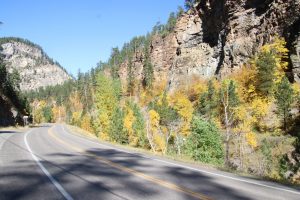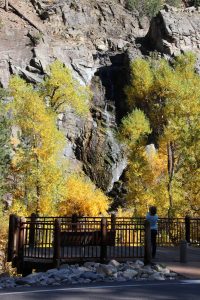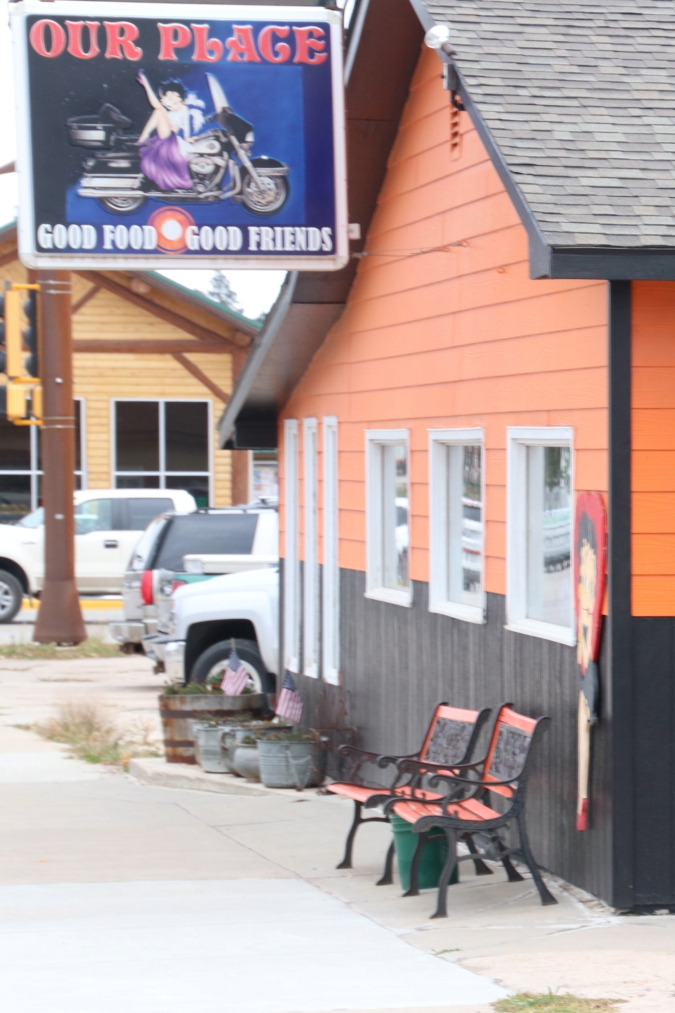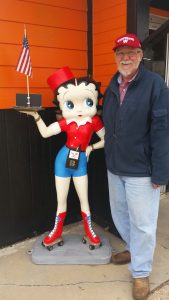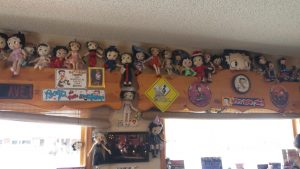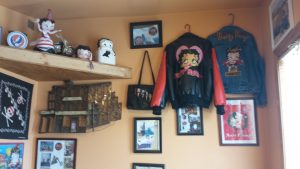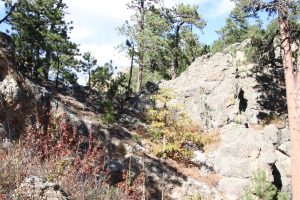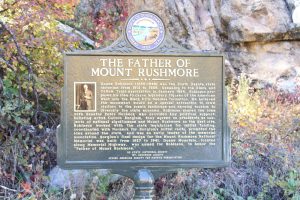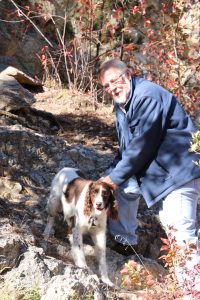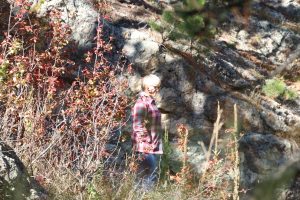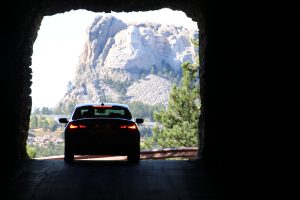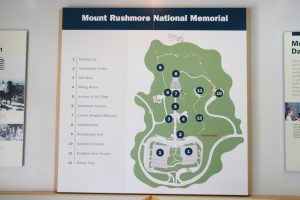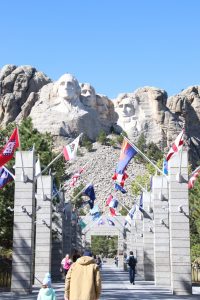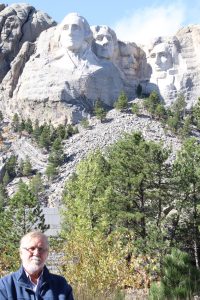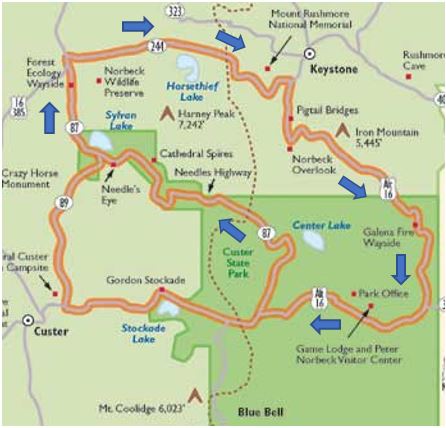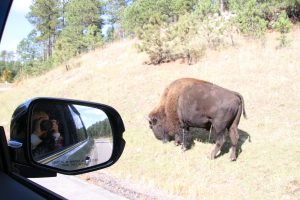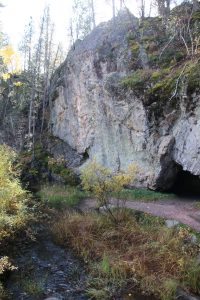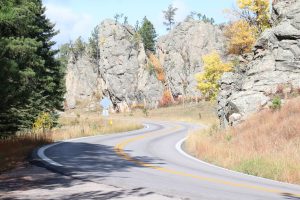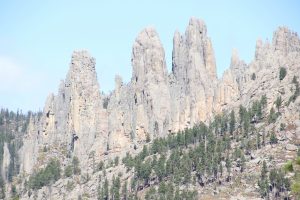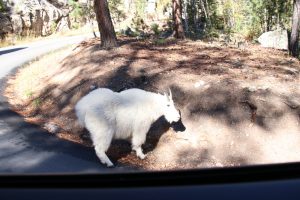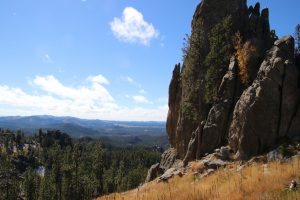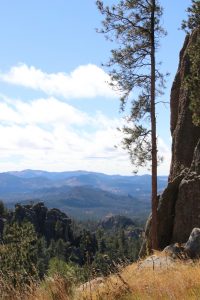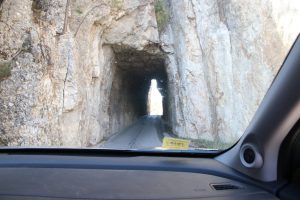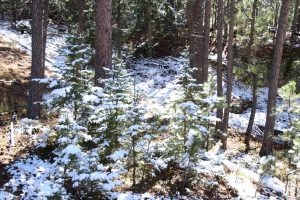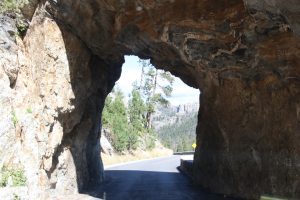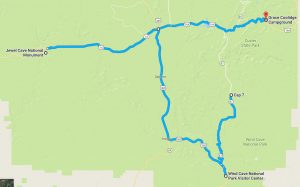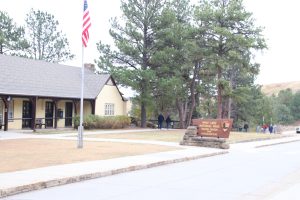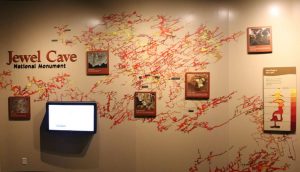We left Sundance the next morning for the last leg of our extended journey to Colorado to visit the kids in Longmont. It had been a good and enjoyable trip out, but it was going to be nice to get to Longmont to visit our expectant daughter and son-in-law. First, though, we had to get through Wyoming and the northern part of Colorado along the front range.
Leaving Sundance, it didn’t take long to hit the landscape that I associate with the word “Wyoming” – generally flat, few if any trees, wind torn brush, and only an occasional sign of life. “Barren” is the word that comes to mind, land that looks useless and of no real value except to exist and fill space.
I know better…this is cattle country with a huge economic value…but it still looks barren and forlorn and seems to go on forever. Maybe I just need to get to know the state better, visit more often and spend time investigating it’s good side and what it has to offer.
Once we crossed the Colorado state line and drove about another 25 miles into the state, we started see more development and some green farming (thanks to water runoff from the mountains and irrigation). We also made our mandatory stop at the state visitor welcome center in Fort Collins to pick up information on attractions.
(The stop at the first visitor center we find in every state we travel through is an old habit that hasn’t quite died; when we traveled with the kids as youngsters, we always stopped at the welcome centers to collect brochures and maps for places to go and things to do. I know it’s really not necessary in today’s internet age, but, like I said, old habits die hard and this old man still likes the look and feel of a glossy travel brochure).
We got to the kid’s house in Longmont later in the day and settled in for our somewhat extended stay.
The Visit With The Kids
Since we were retired now, we could stay a bit longer that we may have otherwise. In all, we visited for eight days (nine nights). It was a great opportunity to visit and talk to the expectant parents and help them a bit with some of the “getting ready” steps. Dave’s parents also stopped for a couple of nights on their way home to Atlanta, so it gave us a chance to renew our acquaintance with them since we hadn’t seen them since the wedding in July of 2016.
We also had a chance to get down to Denver so Kathy could visit her favorite stitching store. We also discovered that Longmont was home to about four different RV centers, giving us a chance to see many different trailers to consider as options for future camping trips.
The weather during our stay was generally great, cool but clear and sunny, except for a surprise early fall snowstorm one day that dumped about four to five inches of snow along the front range. It was short lived, though, melting quickly by the next day.
The nice weather allowed opportunity to get out for a nice walk around McIntosh Lake with Dave and Becky and Liz and Wayne (Dave’s parents) the weekend we were all at the house together. Located in northern Longmont not far from the kid’s house, the lake and surrounding green space provides fantastic walking opportunities with great mountain views and bird watching.





Kathy was elated to go on shopping trips to help Becky buy things for the arrival of the little one. At Becky’s request, I kept myself busy for a day or two measuring and charting out the backyard to help them tackle landscaping in the spring. We also busied ourselves with leap frogging the guest room furniture from one spare room to another, opening up one of the bedrooms to become the nursery. Once the guest room furniture was moved, Kathy helped by doing some trim painting and moving some new baby furniture into the new nursery.



Overall, we had a great, relaxing visit with the kids. It was a nice introduction to retirement and an even nicer chance to share in their enthusiasm and joy of preparing for parenthood.
But, alas, ultimately, we had to move on and head home. Still, we had decided to take a little longer on our return trip and do some sightseeing in Colorado and Nebraska on the way home.

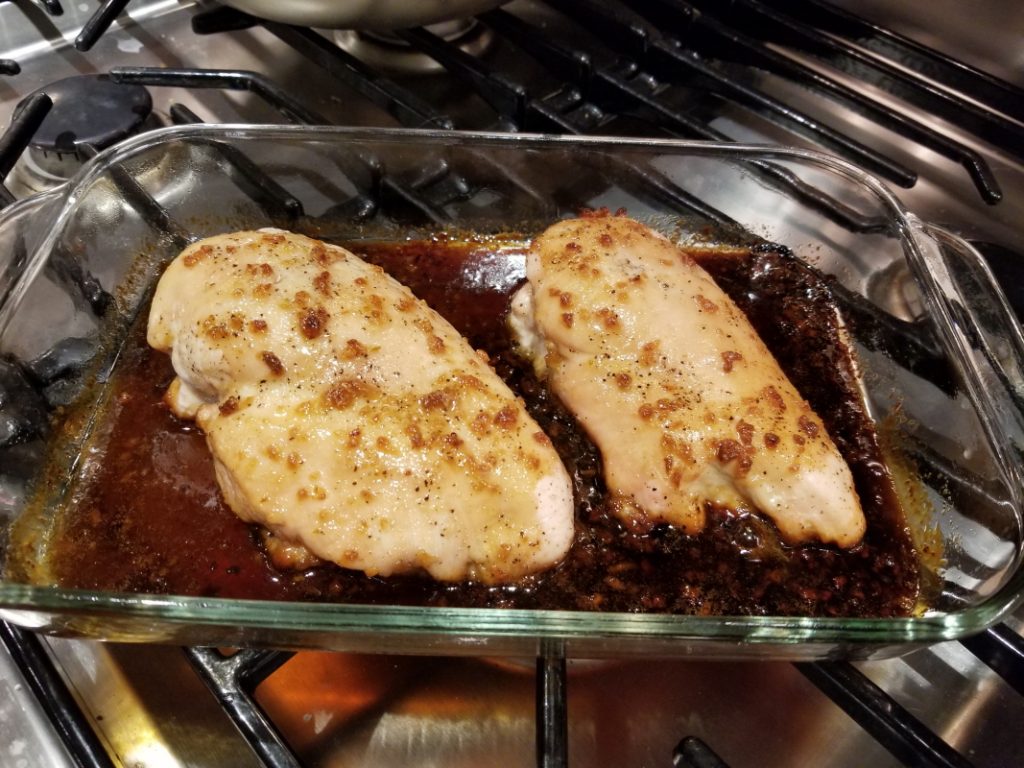

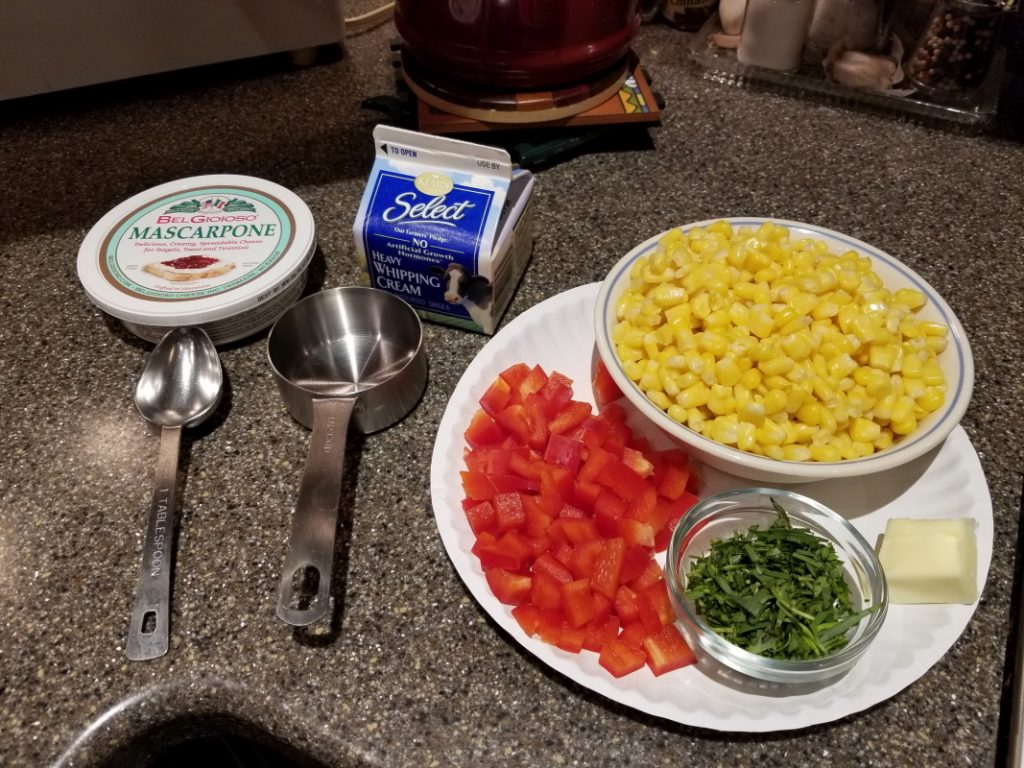

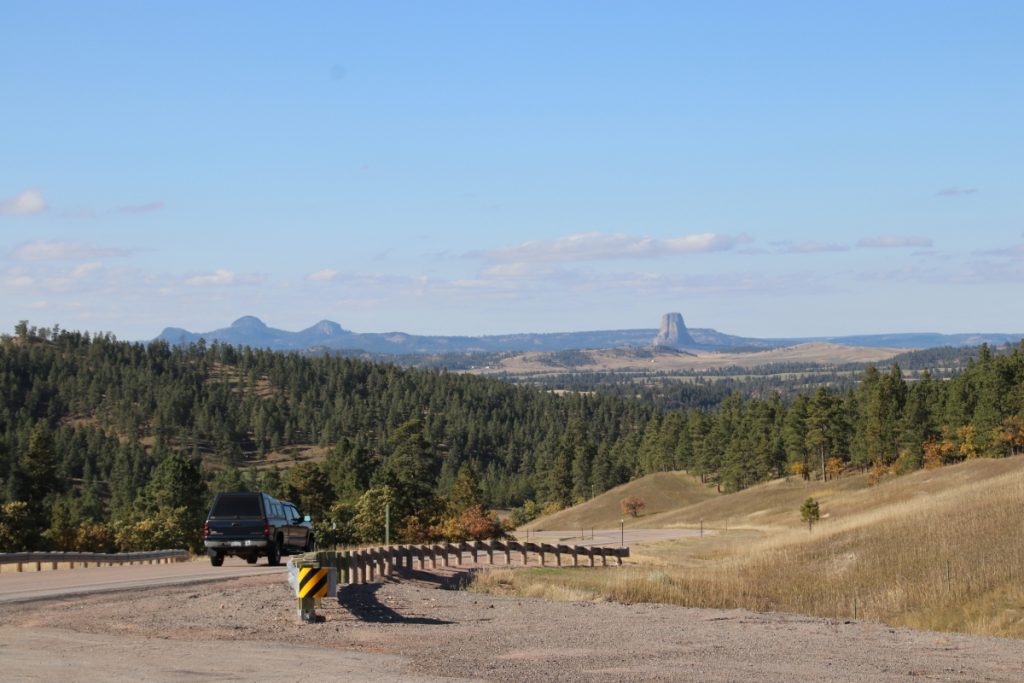
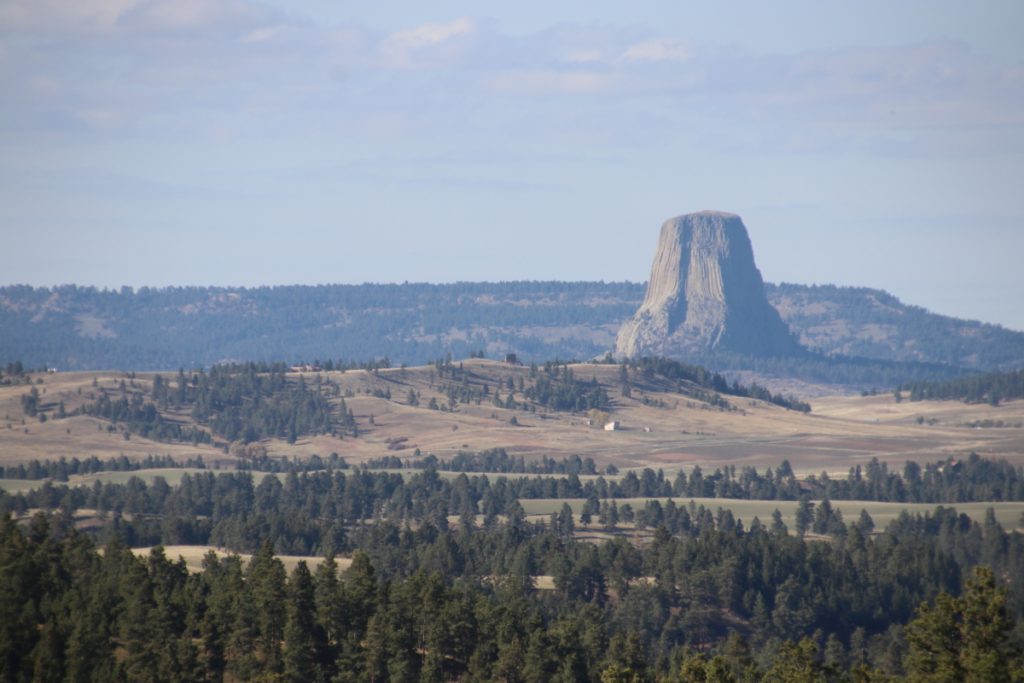

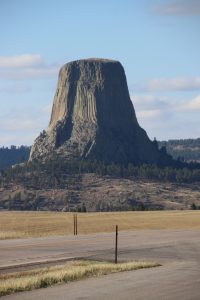 I found the history of Devils Tower fascinating, especially the volcanic origin of the formation and its age, greater than fifty million years old. Most interesting, though, is that the rock was exposed by wind and water erosion only one or two million years ago. Again, the power of water and wind is astonishing when you consider that the rock formation we admire today was once subsurface.
I found the history of Devils Tower fascinating, especially the volcanic origin of the formation and its age, greater than fifty million years old. Most interesting, though, is that the rock was exposed by wind and water erosion only one or two million years ago. Again, the power of water and wind is astonishing when you consider that the rock formation we admire today was once subsurface.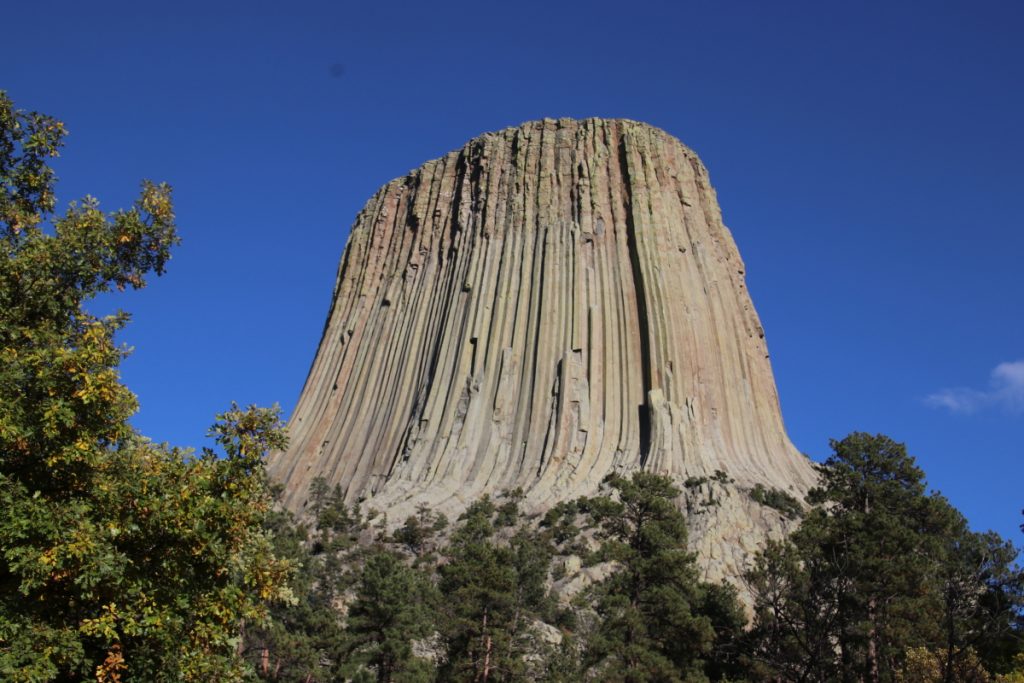
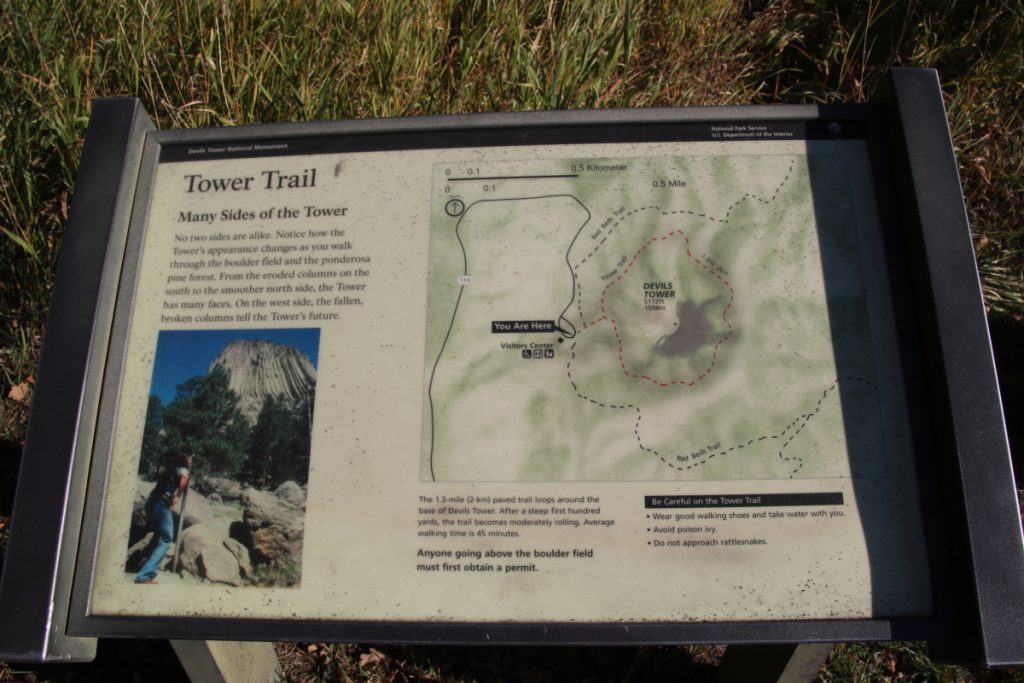
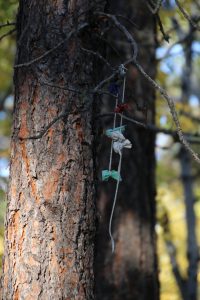
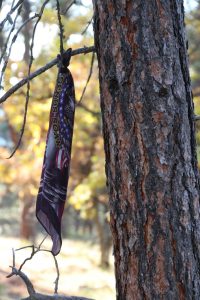
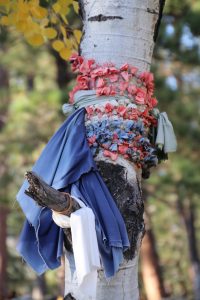
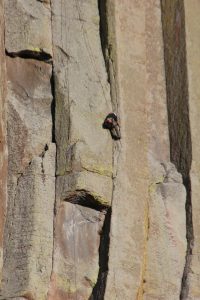
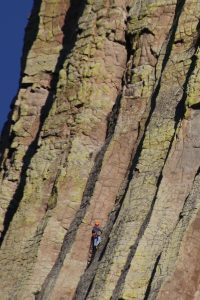
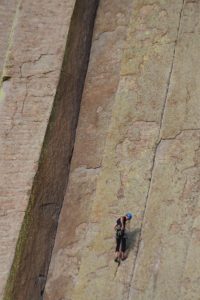
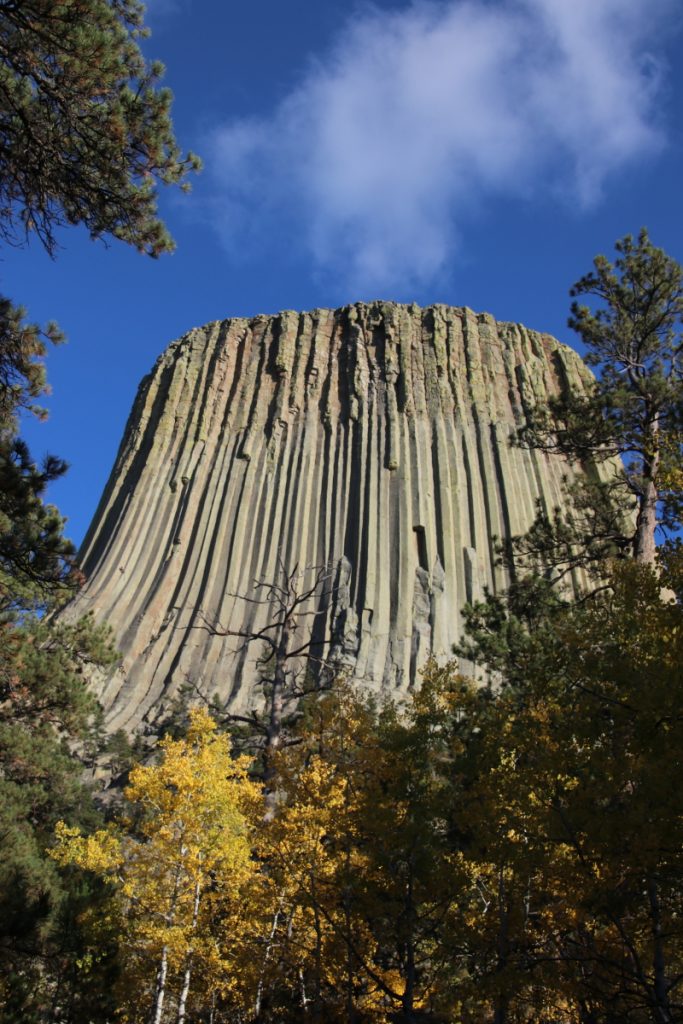
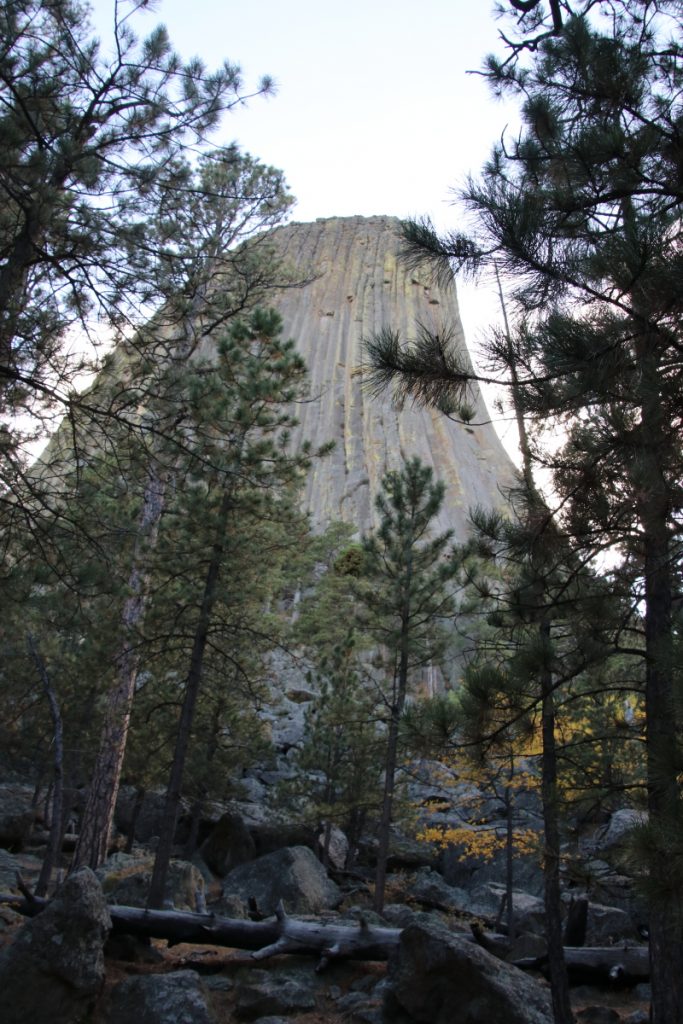
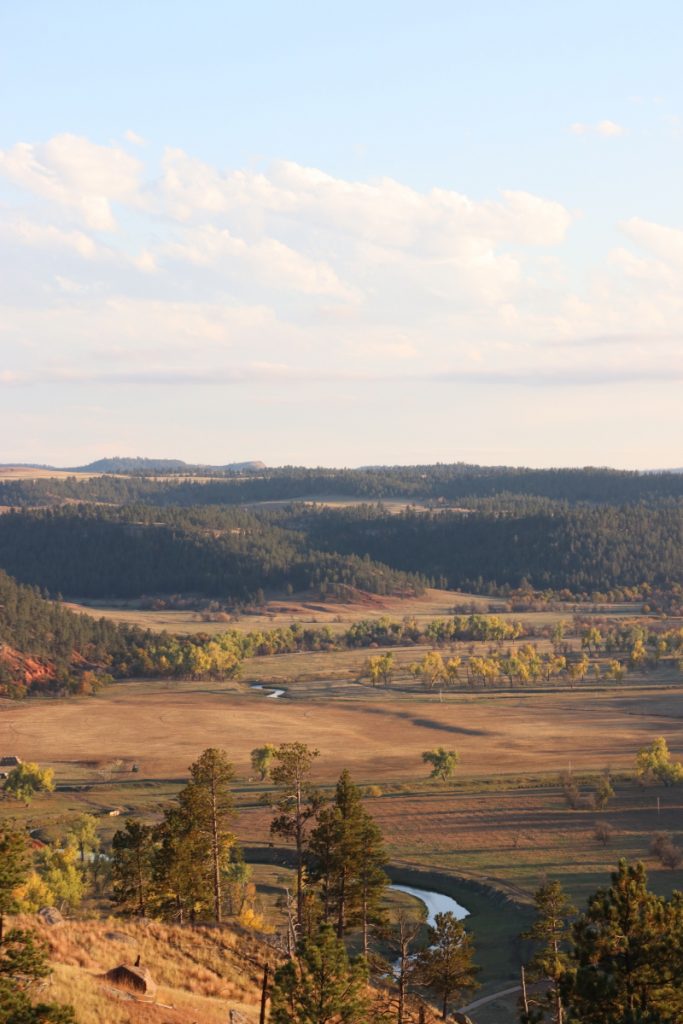
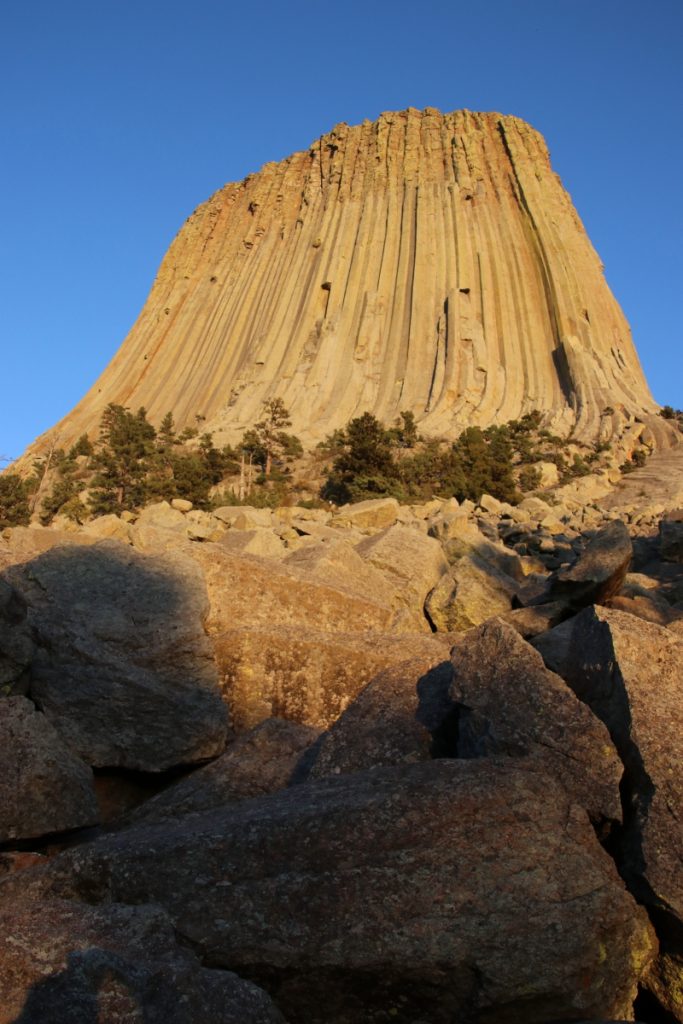 We got back to the truck with the sun just setting to the west. Night fell as we drove back to Sundance to spend the night. The lower clouds on the horizon broke up just a bit to allow a look at the full moon that was rising that evening. The glow of the moon light made me think about what Devils Tower would look like with the moon rising behind it. We just may have to get back here sometime for an extended stay to find out!
We got back to the truck with the sun just setting to the west. Night fell as we drove back to Sundance to spend the night. The lower clouds on the horizon broke up just a bit to allow a look at the full moon that was rising that evening. The glow of the moon light made me think about what Devils Tower would look like with the moon rising behind it. We just may have to get back here sometime for an extended stay to find out!